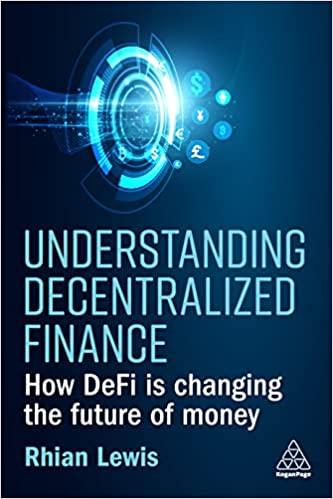Assume that you have $56,000 in a bank account that can be invested in a CD at 1% interest compounded annually for the next 3
Assume that you have $56,000 in a bank account that can be invested in a CD at 1% interest compounded annually for the next 3 years. You are in the market for a new electric vehicle. Using Kelly Blue Book, determine the value of your existing vehicle (or calculate your lease payout amount at the current time). If you do not have a vehicle, there is no value for trade-in, no existing car loan, and no cost of lease payoff. Assume you have a FICO score of 753 (good enough to get a car loan or lease rate at the best value). Knowing your personal needs and wants, research auto sites to find a new electric vehicle of choice. Review the dealers lease rates/fees and the corresponding car loan interest availability. Include tax, dealer prep fees, and any other costs to remove the car from the lot. Research and see if there is any electric vehicle tax credit provided by your state or at the federal government level. If a credit exists, factor the tax savings into your calculations. Go under the assumption that the vehicle will be driven 12,000 miles or less per year and it will be sold or returned in 36 months, regardless of how you take possession. Calculate the total out-of-pocket costs (local and state sales tax, dealer prep, registration, and other costs) associated with (1) buying the vehicle and (2) leasing the vehicle.\ \ Based on this scenario, will you buy or lease the car? Your argument should (1) provide the mathematical analysis of your lease versus buy decision, and (2) follow the results with a well-written entry that justifies your decision to lease or buy.
Step by Step Solution
There are 3 Steps involved in it
Step: 1

See step-by-step solutions with expert insights and AI powered tools for academic success
Step: 2

Step: 3

Ace Your Homework with AI
Get the answers you need in no time with our AI-driven, step-by-step assistance
Get Started


